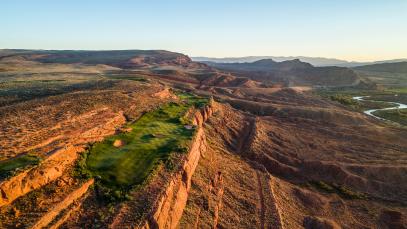Courses
The best courses you can play in Austin
The “Live Music Capital of the World.” Home to the University of Texas’ flagship campus. The state capital of Texas. One of the fastest-growing cities in the country. Austin is known for a lot of things, but its public golf courses rarely get the credit they deserve.
Often overshadowed by Dallas-Ft. Worth and San Antonio, Austin has plenty of quality public golf that justifies a trip of its own. This collection of Best Courses You Can Play in Austin highlights those must-plays, including resort courses designed by some notable names and affordable munys that have played an important role in the city’s golf history.
Scroll on to learn more about each course and be sure to expand each course page to read reviews from our course-ranking panelists. We hope you enjoy our searchable course database, Places to Play, our new hub for course reviews, experts’ opinions and star ratings.
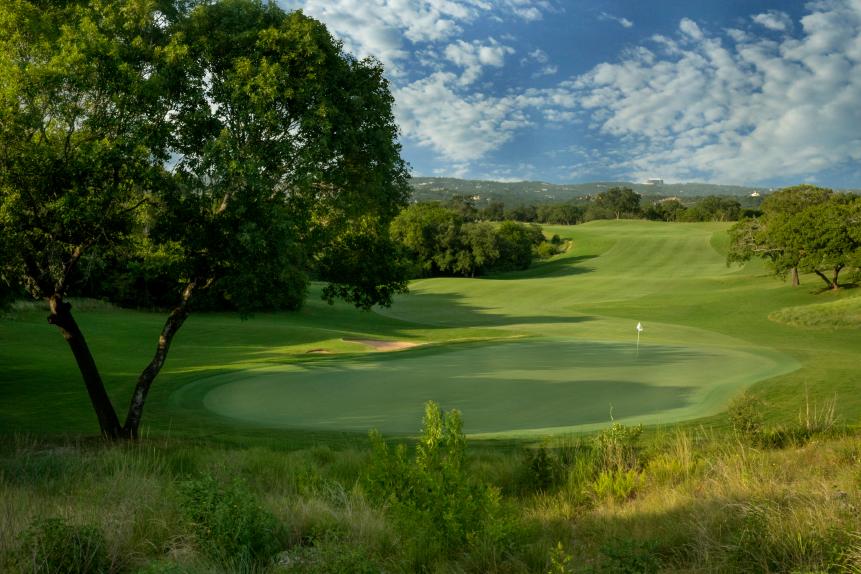
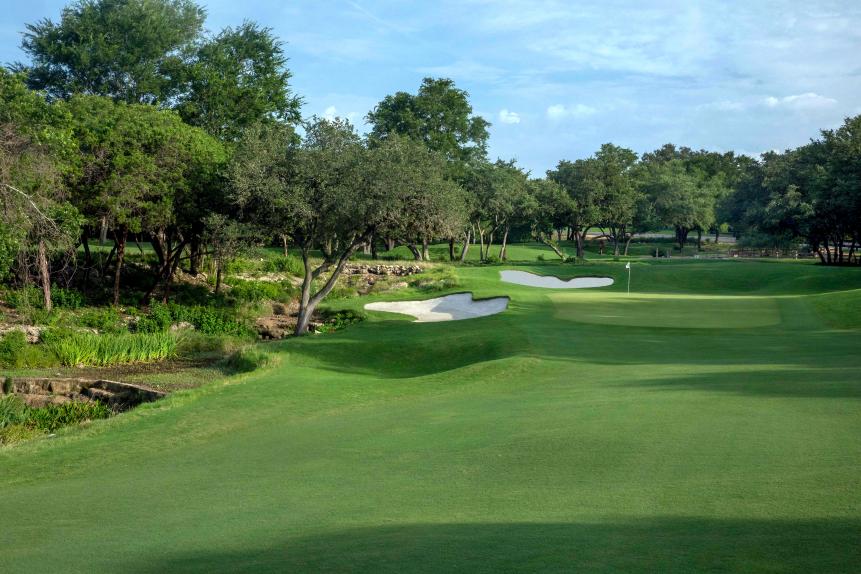
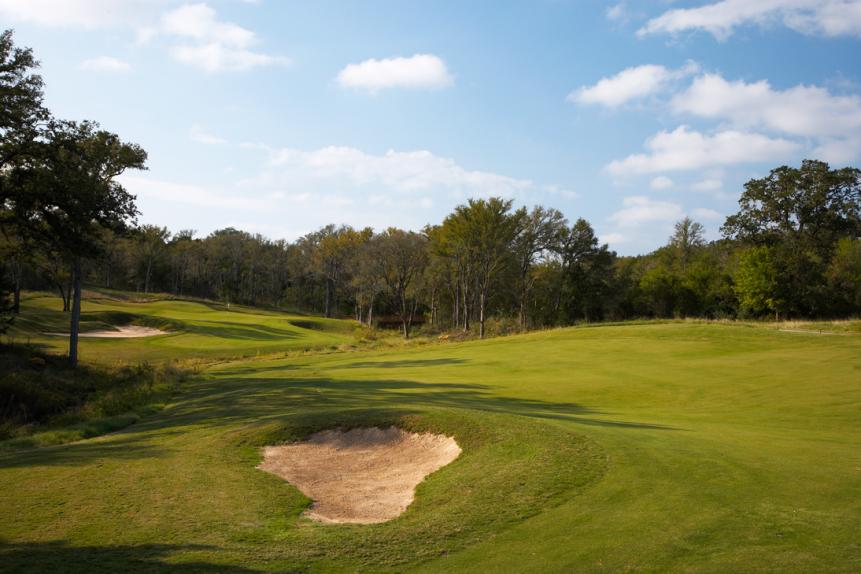
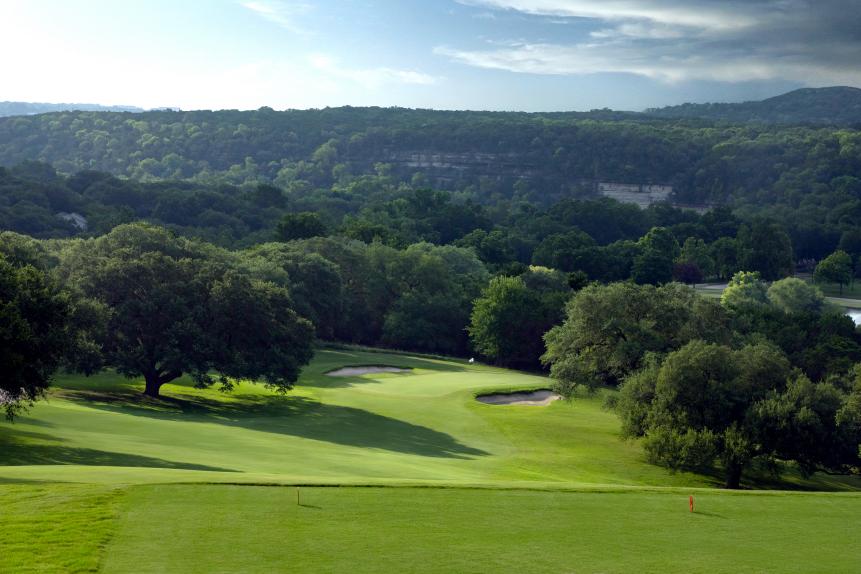
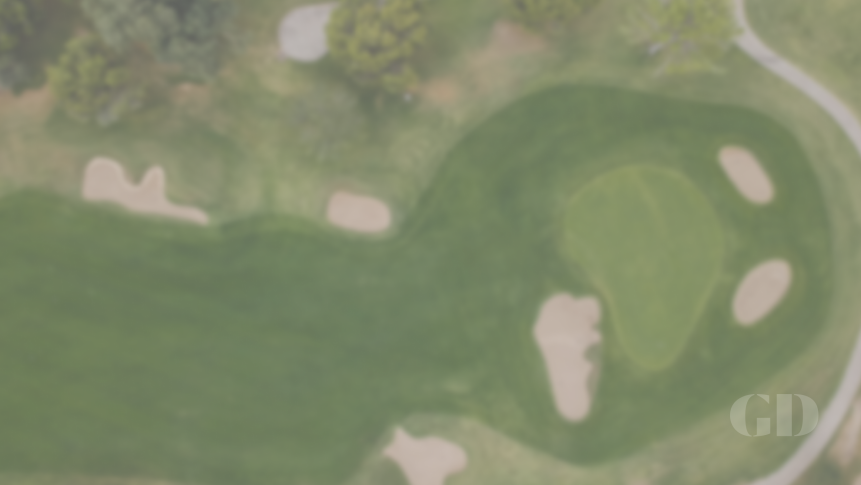





Omni Barton Creek Resort: Palmer Lakeside
Spicewood, TX, United States


If you find yourself with an extra couple of days to spare on your trip to Austin, consider driving a little over an hour northwest of the city to Horseshoe Bay Resort. At this Hill Country resort bordering Lake LBJ, there are three Robert Trent Jones Sr. courses open to resort guests (and a fourth private layout) that are well worth the drive. The scenic courses offer varying levels of playability and have hosted multiple Texas State Opens.
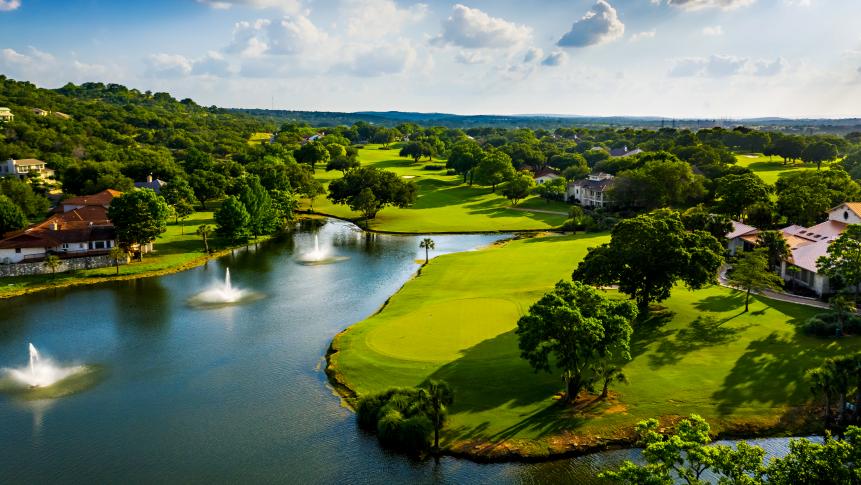

The most scenic course at Horseshoe Bay, Apple Rock is a rolling layout with the back nine playing down to the shores of Lake LBJ. There are plenty of elevation changes at this previous Texas State Open host, creating picturesque views of the lake below and the surrounding Hill Country. Unlike Slick Rock, which has generous greens, Apple Rock’s putting surfaces are much smaller and require far more precision. In 2019, new bentgrass greens were installed as part of a renovation that also included work on 50 bunkers.

Horseshoe Bay Resort: Slick Rock
Horseshoe Bay, TX
Slick Rock, the easiest of the three RTJ courses at Horseshoe Bay, is a parkland design that plays over 170 acres. Playing through a tree-lined landscape with granite outcroppings spread throughout, Slick Rock presents generous targets off the tee and into the large greens. Opening in 1972, Slick Rock was the first course to open at the resort, and in 2016, it underwent an extensive renovation of the greens, bunkers and irrigation system.

